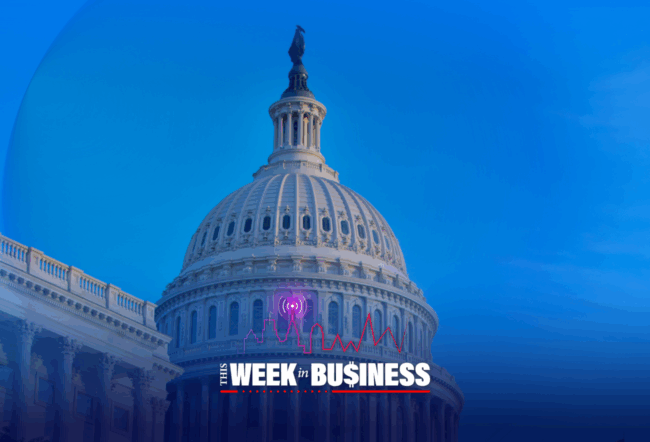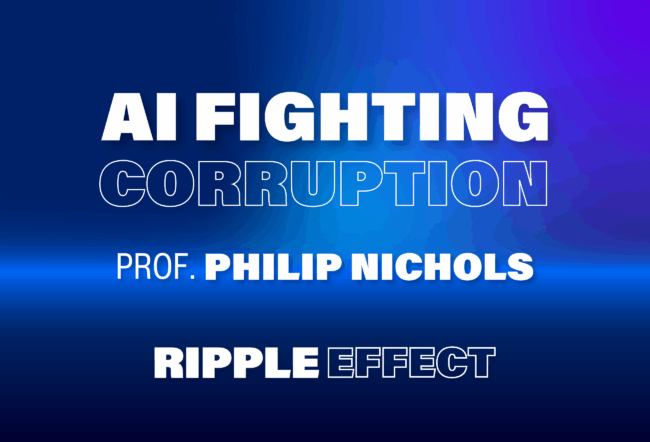 Just under a decade ago, senior citizens accounted for only 12% of the American population, according to the U.S. Census Bureau. By 2050, that figure is expected to grow to 21%.
Just under a decade ago, senior citizens accounted for only 12% of the American population, according to the U.S. Census Bureau. By 2050, that figure is expected to grow to 21%.
On its face, that may not seem like a bad thing; after all, it basically shows that Americans are living longer lives than ever before. Unfortunately, it’s not necessarily the case that they are living longer, healthier lives. And therein lies the problem for the U.S. health care system.
Despite all of the advances of modern medicine, old age continues to bring with it chronic disease — and so with the projected increase in elderly Americans comes a projected growth in the portion of the U.S. population that will suffer from chronic diseases. Some estimates say that by 2030, more than 170 million Americans will be afflicted by such conditions — and most of them, it can be presumed, will be demanding treatment.
The question facing the health care industry, then, is: How are we going to pay for all of this?
“Everybody knows that the demographic circumstances in the United States are creating powerful trends that are changing so many things, including the health care industry,” said Mitchell Blutt, managing partner and co-founder of Consonance Capital, a health care-focused investment firm. “We’re seeing people living longer and fewer people being born, and there are all sorts of ramifications for that.… So, how are we going to manage this? Is this a great opportunity for the health care industry, or will it be the greatest albatross that’s ever been placed on our economy? I’m guessing we would probably agree that it’s a little bit of both.”
Blutt explored the myriad challenges presented by America’s aging population, along with other health care industry insiders, during a panel discussion at the recent 2013 Wharton Health Care Conference. The discussion hit on a variety of topics, but the consensus among the panelists was clear: The challenge ahead is an enormous one, and only with greatly increased efficiency will the nation be able to tackle it.
David Pyott, CEO and president of the global ophthalmic firm Allergan, pointed out that, for all of the strengths of the U.S. health care system, it could not be said that “efficiency” is one of them. Evidence shows that, despite the massive spend in the U.S. on health care — 18% of GDP, according to Pyott — there has not been a noticeable return in terms of life expectancy, at least not compared to other nations. “In fact, life expectancy is fractionally higher in the U.K., and they only spend 8% of GDP,” he said.
This suggests that in the U.S., billions of dollars are wasted annually — a situation that will prove untenable as the number of elderly Americans increases and the demands on the system multiply. Going forward, the charge for the U.S. system is clear, Pyott said. “This is going to require dramatic increases in productivity in the delivery of health care. It really comes down to society’s ability to afford this.”
Gary L. Gottlieb, president and CEO of Partners Healthcare, agreed that widespread change — perhaps even difficult change — will be needed to confront this lingering crisis. But despite the great challenge ahead and the current inefficiencies plaguing the marketplace, the U.S. has a strong base to build on, he added. The American health care system does a lot of things very well; now, it just needs to seize this challenge as an opportunity to fix what isn’t working. If that happens, a better, more nimble health care system will be within reach, Gottlieb noted.
“There’s a great opportunity here for innovation — for re-thinking and getting right what it is that we do worst,” he said. “It will require substantial transformation, but the critical element is making sure we … create a thoughtful glide-path and not a cliff, so we don’t throw the baby out with the bathwater. We can move in the direction of greater efficiency and accountability.”



